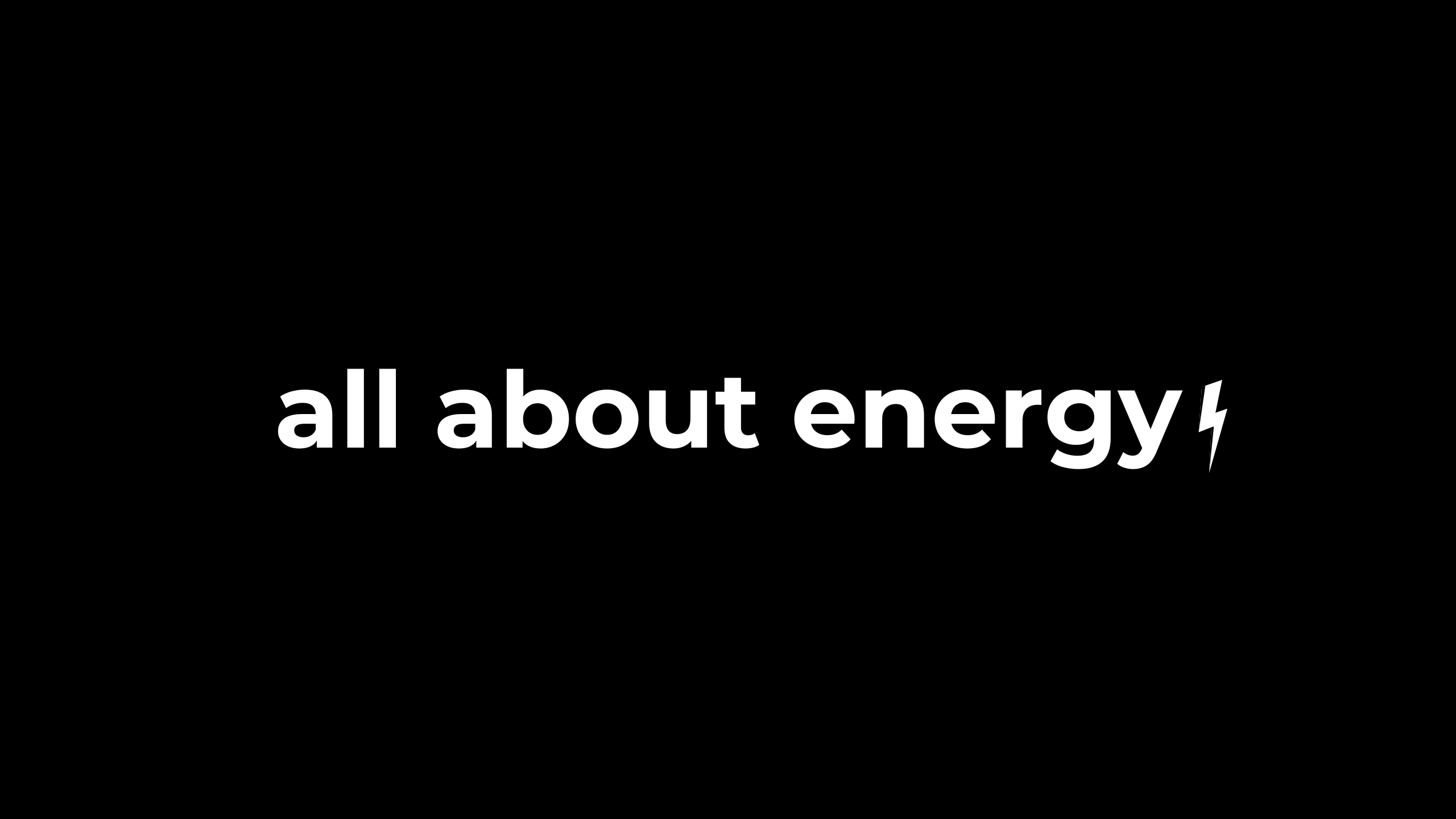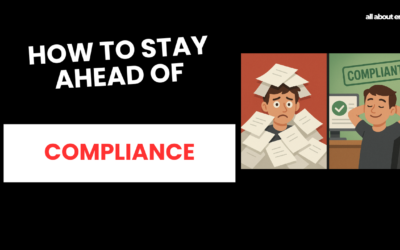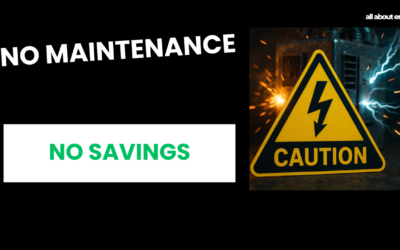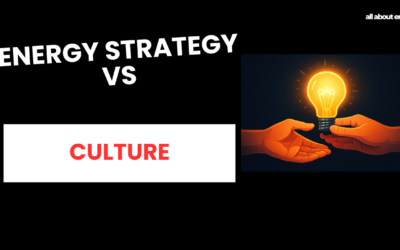The Truth About Voltage Optimisation
Written by Joe Wright
Voltage optimisation is often marketed as the magic bullet for cutting energy costs and boosting sustainability. But here’s the reality: while it can be a powerful tool, it’s not a one-size-fits-all solution. In this post, we’ll break down what voltage optimisation is, how it works, and—most importantly—when it’s worth considering for your organisation.
If you’re a business owner responsible for managing energy costs, complying with regulations like ESOS or SECR, or working toward net zero targets, this guide is for you. Let’s explore how voltage optimisation fits into your energy-saving strategy.
What Is Voltage Optimisation?
Voltage optimisation is a technology that regulates and reduces the voltage supplied to your site to match the levels your equipment actually needs.
Why is this important? Electricity is often delivered at higher voltages than necessary, leading to wasted energy. For example:
- Excess voltage is converted into heat, which increases energy waste.
- Equipment designed for lower voltages may wear out faster or operate inefficiently.
By lowering the voltage to optimal levels, voltage optimisation can reduce energy waste, improve equipment performance, and even extend the lifespan of your machinery.
How Does It Work?
Voltage optimisation devices are installed at your site to adjust the incoming voltage to the ideal level. Here’s what they do:
- Cut energy waste: Aligning voltage with equipment needs eliminates unnecessary energy use.
- Reduce wear and tear: Equipment experiences less strain when running at its designed voltage.
- Improve efficiency: When everything runs as it should, your energy use decreases.
However, these benefits are only realized if your equipment can function effectively at the reduced voltage. That’s where things get tricky.
When Voltage Optimisation Works—and When It Doesn’t
Voltage optimisation isn’t a universal fix. In some cases, it can even cause more problems than it solves. Let’s look at a few common scenarios.
Where Voltage Optimisation May Not Help
- Thermostatically Controlled Loads Devices like water heaters and refrigeration units work based on temperature, not voltage. If you lower the voltage, these systems just run longer to reach the required temperature, resulting in little to no energy savings—or sometimes increased consumption.
- Modern LED Lighting LEDs often have built-in voltage regulation. Lowering the input voltage can either make no difference or lead to instability that shortens their lifespan.
- Industrial Equipment Motors and pumps are designed to deliver constant power. When voltage drops, these devices draw more current to compensate, which can lead to overheating, inefficiency, and higher maintenance costs.
When Voltage Optimisation Works Best
Voltage optimisation shines in environments where:
- Equipment is sensitive to voltage fluctuations.
- Older systems are prone to inefficiencies at higher voltages.
- Loads are stable and not thermostatically controlled.
For example, in office buildings with standard lighting and computing equipment, or in specific manufacturing settings, voltage optimisation may lead to tangible savings.
The Key to Success: Site Assessment
Because every site is different, the only way to know if voltage optimisation will work for you is through a professional survey. A thorough assessment will evaluate:
- The types of equipment you use.
- Voltage tolerances of your machinery.
- Your actual energy consumption patterns.
This data-driven approach helps identify where voltage optimisation could deliver measurable benefits—and where it won’t.
The Costs and Risks
Voltage optimisation systems come with significant upfront costs, so you’ll want to ensure you see a return on your investment. Without proper assessment, you risk:
- No energy savings.
- Prolonged payback periods.
- Potential harm to your operations if voltage is reduced below safe levels for critical equipment.
Is Voltage Optimisation Right for Your Business?
Voltage optimisation can be a fantastic tool when applied correctly. It can reduce energy costs, extend equipment lifespans, and support your net zero goals. But it’s not a universal solution. The key is making informed decisions based on expert analysis of your unique circumstances.
If you’re serious about cutting costs, staying compliant, and reducing your carbon footprint, start by consulting an energy professional. A tailored energy strategy will ensure you’re investing in the right solutions for maximum impact.
Ready to get smarter about energy savings? Take the first step with a comprehensive energy survey and see if voltage optimisation is the right fit for your business. With the right approach, you can save money, achieve compliance, and hit your sustainability targets.
Watch the video for a quick overview of this topic:
You May Also Like…
Compliance Simplified
If you’re part of any of the mandatory compliance scheme like SECR, ESOS, or the many others out there, then you...
Why maintenance matters for energy management
When you think about improving your energy management, where does your mind go first? Upgrades? New systems? Cutting...
Creating A Culture Of Energy Efficiency
If your business is subject to compliance schemes like ESOS or SECR, you’re not alone. A lot of the companies I work...




